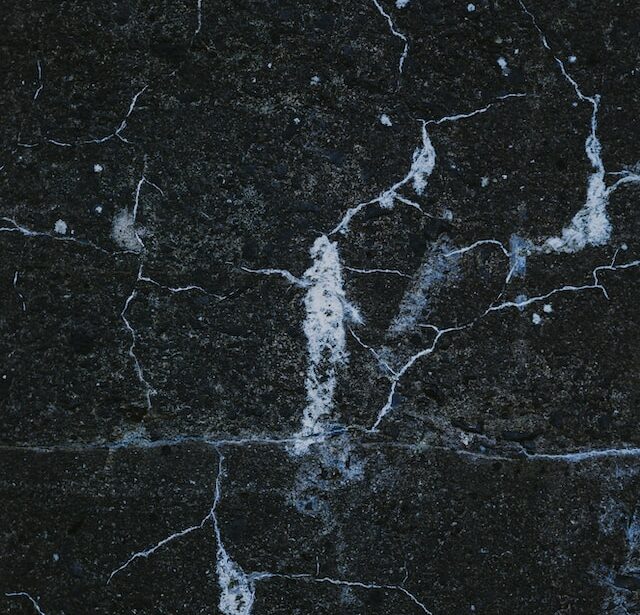Granite is a natural material that can vary in quality. Identifying quality granite requires careful visual inspection and testing for cracks, chips, and other flaws.
One easy way to tell if you are dealing with high-quality granite is to look at the seam. Fabricators skilled in natural stone will minimize the change in surface patterns where the slabs are joined, but a poorly executed seam will be obvious.
Color and Pattern
A quality granite Pittsburgh is an igneous rock with a rich array of mineral flecks and veins. It’s easy to spot in a home design and adds visual interest when combined with other stone elements like wood and tile.
Granite quarries are found worldwide, and each variety takes on the visual characteristics of its parent rock. Those minerals include alkali, plagioclase feldspars, micas, quartz, and potassium.
Light and neutral granite colors like silver, gold, or gray are popular for homeowners because they pair well with wood countertops and traditional design aesthetics. Dark granites are also a beautiful addition to any kitchen, creating a dramatic contrast with lighter cabinetry. As with any natural stone, seeing the actual slab(s) fabricated for your project is important to ensure the desired color and pattern.
Texture
Granite is a strong, tough stone widely used for thousands of years. Its igneous, plutonic origin leaves distinctive petrological evidence in the rock’s texture and composition. Its granular structure is marked by quartz and feldspar with darker accessory minerals, such as black mica biotite or amphibole hornblende.
This gives the classic granite its familiar “salt-and-pepper” look. The granite is usually light in color, with the individual mineral grains visible – although they may be difficult to recognize under magnification.
The average size of the crystal grains in a granite determines its texture. Phaneritic granite has a large proportion of crystals over 3 cm, while organic granite has an even larger percentage of large crystals.
Porosity
Like all natural stone, granite is a porous material with minuscule pockets of space throughout its structure. If not properly sealed, liquid can seep into the granite and damage or stain it.
Porosity can take several forms. In granular materials, such as silts and sands, interconnected pores between mineral grains make up most of the total porosity; in clayey unconsolidated sediments, fissures make up a substantial portion of the total porosity; and in igneous rocks and lava, a network of cracks called vugs makes up a large percentage of the total porosity.
A good way to test the porosity of a slab is by spraying it with water. If the water beads up and does not soak in, the granite is less porous and is more likely to be durable than a softer stone.
Cracks
Granite is a very durable stone, but it is not indestructible. It can crack and deteriorate over time and needs to be repaired by an experienced technician.
Cracks can form in granite due to stress from the slab’s weight during fabrication, transportation and installation or by a hard impact such as dropping a heavy object on the countertop. The sink area is the most common place for cracks to develop because it is subjected to a lot of stress.
Granite has natural fissure cracks that add character to the stone, but your fabricator should be able to identify and cut around them. These should not be confused with actual cracks because fissures do not separate the slab.
Edges
Granite is a popular choice for countertops because of its durability and natural beauty. The type of granite you choose and the edge design you opt for will influence your overall kitchen design theme.
You may choose a straight-edge profile for a sleek and modern countertop. Although this is a sharp design, it is less pronounced than other edge types and works well for a contemporary design theme.
You can choose a beveled edge if you’re going for a more traditional style. This design displays the details of your granite countertops and is a good choice for any style kitchen. It’s also a safe design for families with children, as it’s not as prone to accidental cuts. This style will work well with any granite color.

